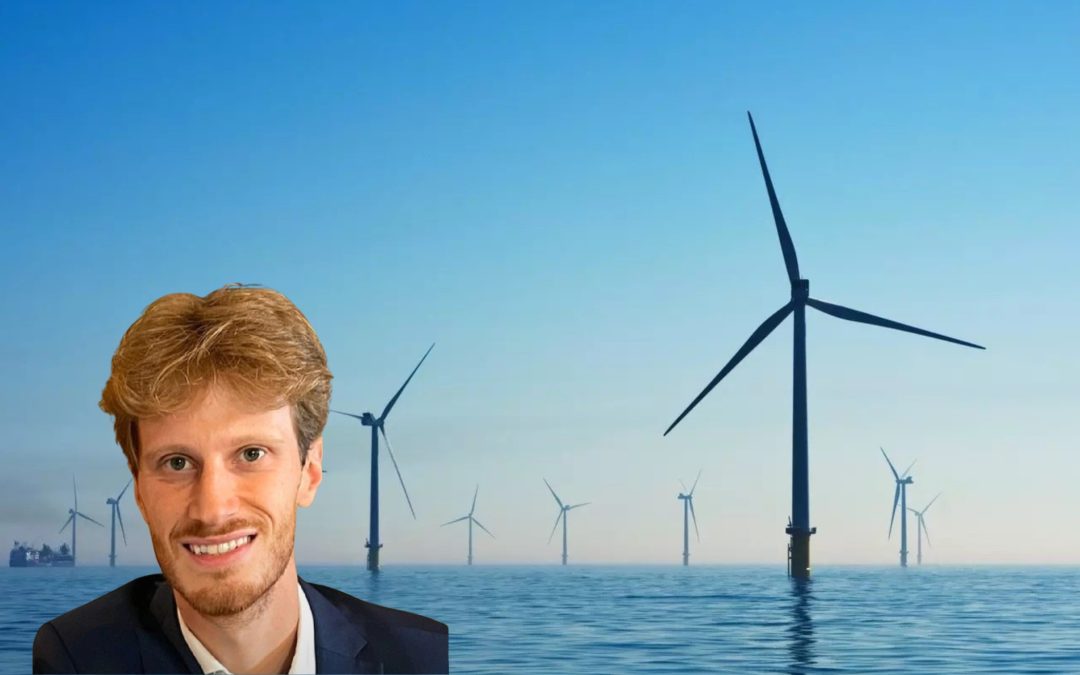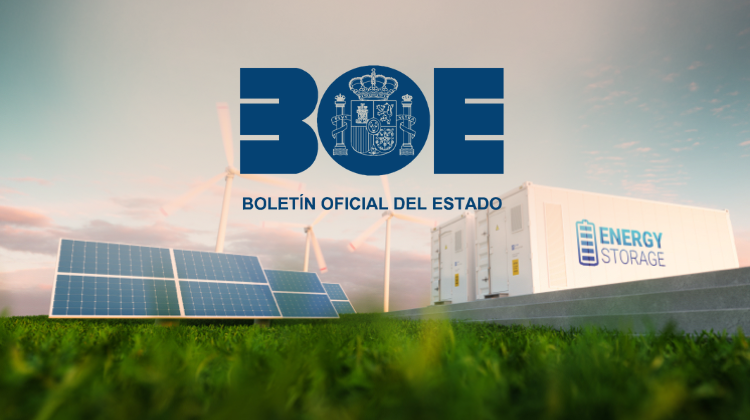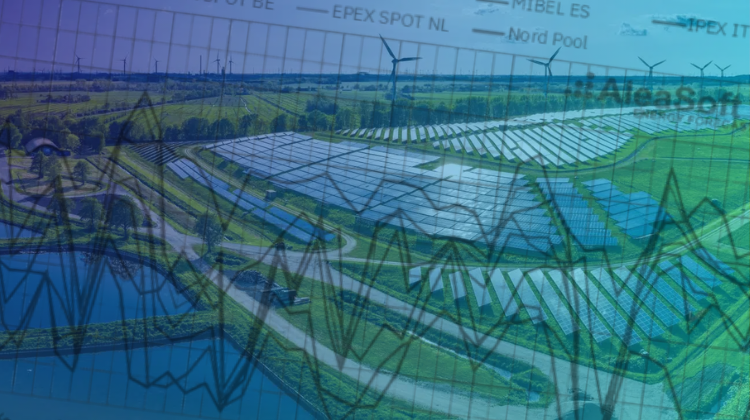Increase in shareholding in BayWa r.e. from 49% to 65% through agreed capital increase. Flagship lenders support BayWa r.e. with significant and comprehensive financing as an independent company, now extended through 2028, laying groundwork for long-term growth. BayWa r.e. to transform into sharply focused, independently positioned company aimed at growing its IPP portfolio and anchored in core expertise in project development and operation.

























































